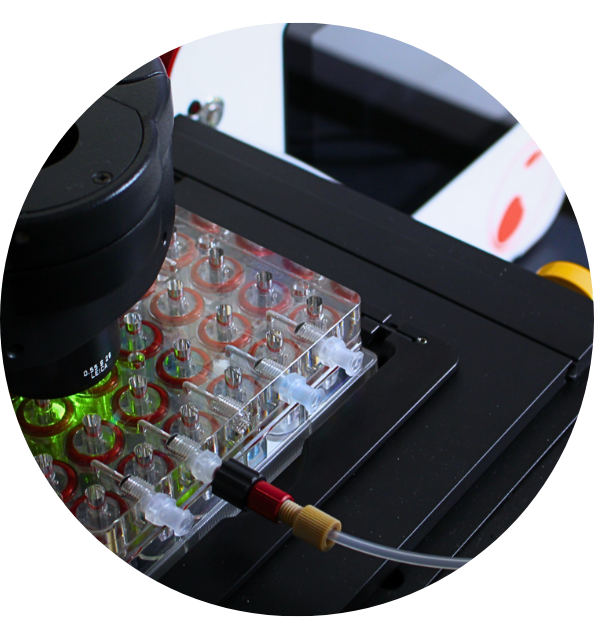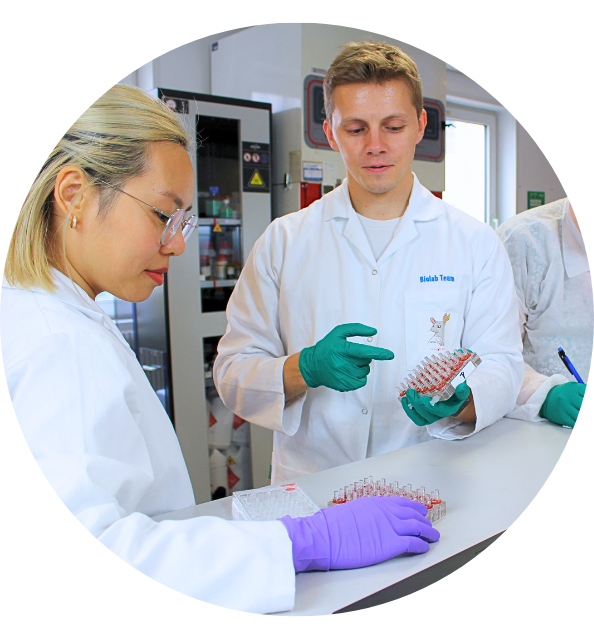Spheroids: Why using them and what it is?
In an organ, a cell needs to be considered together with its whole environment. Each cell is surrounded by a myriad of other cells, either of the same type or not. This entire environment allows cells interactions and contacts in 3 dimensions and also creates physical constraints. The classical culture cell models are for now mainly in 2D, meaning that this environment is far from the 3D environment of a cell located in an organ (other cells, extracellular matrix, interstitium…). There is a need for a 3D model with the advantage of 2D cell lines cultures (easy to do, reproducible, cheap) and approaching the 3 dimensional organization of an organ. The solution is called spheroids. This very interesting solution came out in the 1970s. Spheroids are 3D spherical organoids displaying an increase in cell density and biological functionality in comparison to classical monolayer cell culture. Spheroids are often considered as an intermediate to mimic the level of organization of a tissue/organ.
 Fig 1: Spheroid characteristics. Spheroids show increased biological function and increased cell density in comparison to cell monolayer.
Fig 1: Spheroid characteristics. Spheroids show increased biological function and increased cell density in comparison to cell monolayer.

Discover the CubiX
Emulating human cell & tissue physiology
The full content has moved to our new website. Get full access by following the link below.
https://innovation.cherrybiotech.com/organs-on-a-chip/spheroids
 Fig 3: “Tumor on a chip” represents a vasculature mimicking microfluidic device consisting of PDMS chambers with highly organized microchannels and pneumatic chamber (dark gray) on either sides.
Fig 3: “Tumor on a chip” represents a vasculature mimicking microfluidic device consisting of PDMS chambers with highly organized microchannels and pneumatic chamber (dark gray) on either sides.
Bibliography/Sources
Nath, G.R. Devi / Pharmacology & Therapeutics 163 (2016) 94–108
Written by Pierre Gaudriault
Innovation Unit | Intrapreneur
Pierre is incubated in our Entrepreneurship school. LEARN MORE.
Discover the CherryTemp Heater Cooler
Ultra-fast shifts and temperature accuracy at the sample level



